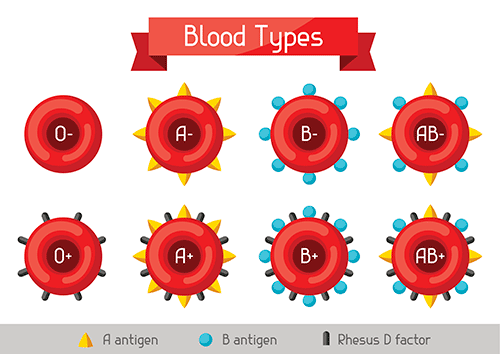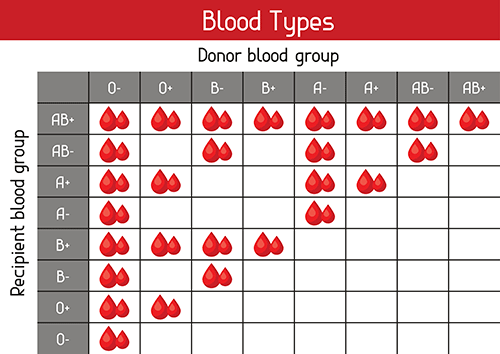Learn
DNA and Blood Tests
Now that you have some basic knowledge of DNA and the processing used by forensic scientists, let’s look at the difference between presumptive tests and confirmatory tests.
When a possible blood stain is found at a Crime Scene a presumptive test is performed. There are many types of presumptive tests and you have probably seen some of them if you watch any of the CSI shows. Presumptive tests tell investigators if the stain could be blood. There are substances that can give false positives also so the blood must be tested using a confirmatory test. A confirmatory test confirms that the stain is for sure blood. After a stain has been confirmed as blood, forensic scientist must then determine if it is animal or human blood. If it is determined to be human, scientists must determine the blood type and to whom the blood belongs. Blood typing is important to forensics because if the blood type found does not match a suspect, that suspect can most likely be excluded from further testing.
Before blood typing is discussed, let’s discuss the parts of blood. Blood consists of four components: red blood cells, white blood cells, plasma, and platelets. Red blood cellsalso called erythrocytes are the most abundant part of blood and transport oxygen and carbon dioxide. White blood cellsalso called leukocytes are the only cell in your blood that has a nucleus and thus provides DNA. White blood cells help your immune system fight any infectious agent. Plasma is the liquid component of blood that transports nutrients, hormones, electrolytes, vitamins, and the other parts of blood. Plateletsalso called thrombocytes are clotting factors that clot or coagulate to seal a wound.
Blood types are determined by genes, one inherited from your mother and one from your father. Blood type genes have three allelesalternate forms of a gene – A, B, and O. Since we have 2 genes, there are 6 possible combinations: Type A – AA or Ao, Type B – BB or Bo, Type AB – AB, Type O – oo. A and B are both dominanttraits that mask other (recessive) traits , and O is recessivetraits that can be masked by dominant traits unless two recessive alleles are present . These genes control what type of agglutinogen is found on the surface of your red blood cells. Agglutinogens are proteins or antigens that cause the production of a clotting substance called agglutinin. The type of agglutinogen on your red blood cells determine what type of blood you have. If you have type A blood, you have A agglutinogens. Type B blood has B agglutinogens. Type AB blood has both A and B agglutinogens on the surface of red blood cells, and O blood has neither. Another protein that some people may have in their blood is called the Rh factor (named for the Rhesus monkey where it was discovered). If someone has the Rh protein, their blood is called positive (A+, B+, AB+, or O+). If they do not have the Rh factor, their blood type is negative (A-, B-, AB-, or O-).

When a patient has surgery or an accident, they can receive a blood transfusion. It is imperative they receive the correct type of blood. Patients can die from blood clots caused by receiving the wrong type of blood due. Blood plasma contains proteins called antibodies that help your immune system find and neutralize foreign cells. If a patient receives the incorrect type of blood, their antibodies will bind with the agglutinogens on the surface of the wrongly transfused red blood cells and cause the blood to clot. Type A blood has anti-B antibodies in the plasma and thus cannot receive any type of blood with type B agglutinogens (Type B or AB). Type B blood has anti-A antibodies and cannot receive type A or AB. Type AB is called the universal recipient and has neither anti-A or anti-B antibodies. Type AB can receive all types of blood. Type O has both anti-A and anti-B antibodies in the plasma and therefore can only receive type O blood. O is called the universal donor because it has no antigens on the red blood cell surface. Rh+ blood can receive both positive and negative, and Rh- can only receive negative.


For blood type testing, antiserums are used. The three antiserums used are anti-A, anti-B, and anti-Rh. If agglutination (clotting or clumping) occurs, a certain antigen is present on the red blood cells. For example, if a blood drop clots with anti-A serum, the A antigen is present. If there is agglutination with anti-B serum, B antigen is present. When clotting occurs with the anti-Rh serum, the Rh factor is present and the blood type is positive. If there is not clotting with any of the antiserums, the blood type is O-. Clumping with all three antiserums would indicate type AB+ blood.
In the next unit, you will learn more about blood and blood spatters.

